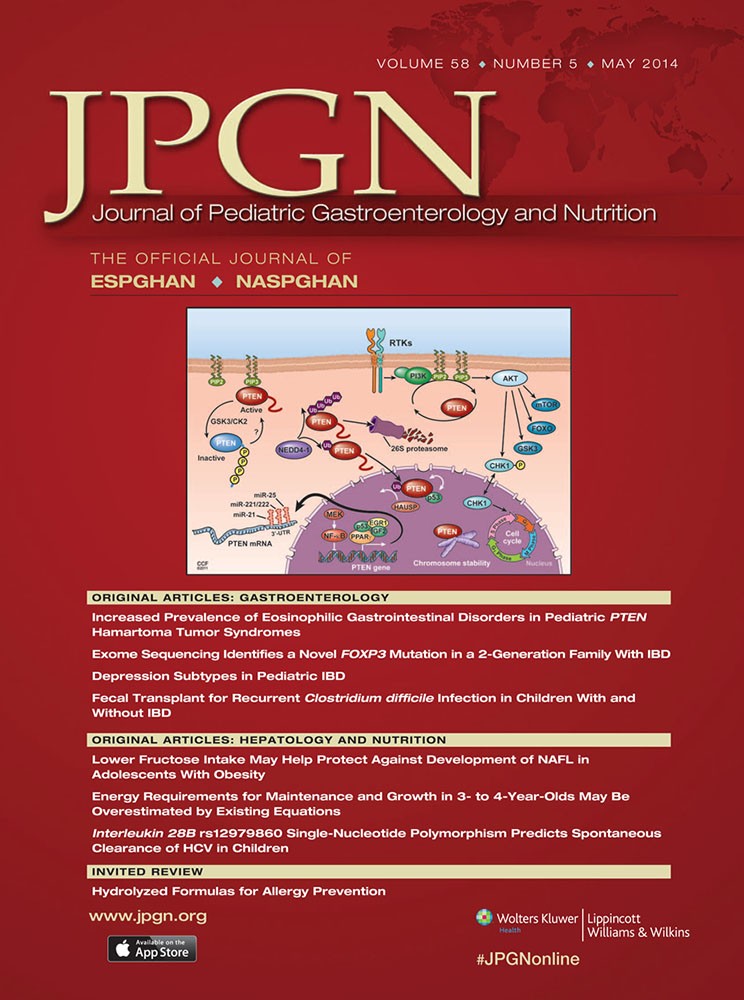Giant Cell Hepatitis With Autoimmune Hemolytic Anemia in Children
Proposal for Therapeutic Approach
The authors report no conflicts of interest.
ABSTRACT
Background and Objective:
Giant cell hepatitis (GCH) with autoimmune hemolytic anemia (AIHA) is a rare, progressive disorder in infants and young children. The disease is aggressive and may lead to liver or multiorgan failure with fatal prognosis. Therapy with anti-CD20 monoclonal antibody, rituximab (Rtx), proved effective. The primary objective of the study was to evaluate therapy for severe GCH with AIHA.
Methods:
We report on 5 cases of severe GCH with AIHA treated in our department between 2006 and 2011.
Results:
The median age of the children was 7 months (2–12 months), follow-up lasted 44 months (12–78 months), median (min-max), and the main observed symptoms were jaundice and hepatosplenomegaly. All of the children had positive direct Coombs test and biopsy-proven giant cell transformation of hepatocytes. Liver failure was observed in 3 children. First-line therapy (prednisone, azathioprine) proved ineffective in all but 1 of the patients, who initially responded to the treatment but relapsed after 4 months. The child subsequently developed hemophagocytic lymphohistiocytosis and died 2 months after hemopoietic stem cell transplantation. Four remaining patients finally achieved complete remission after 4 to 6 doses of Rtx.
Conclusions:
We propose Rtx as the treatment of choice for severe GCH with AIHA in the early stages of the disease, provided steroids and azathioprine are ineffective.




